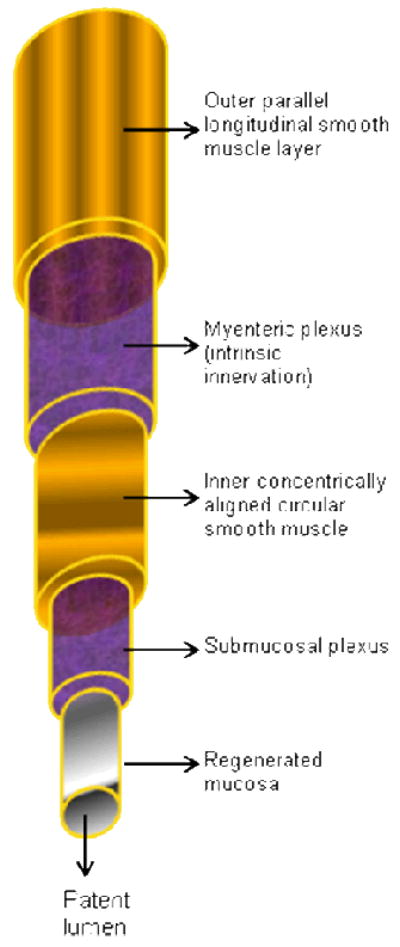Figure 1. Schematic of tissue engineered tubular constructs for replacement of GI neuromuscular structures.

The chosen biomaterial scaffold must be adequately porous to allow neovascularization when implanted. Ideally, the tissue engineered replacement is envisioned to contain different cellular components in different layers namely, the circular and longitudinal smooth muscle components with intramuscular ICC. Additionally, the tubular construct would also contained localized enteric neuronal plexuses (myenteric and submucosal). The scaffolding material along with its cellular component must allow reepithelialization to regenerate mucosal layers. Most importantly, the bioengineered tubular constructs must be able to maintain a patent lumen and maintain integrity so as not to allow leakage during use in the body as a replacement. The ideal tissue engineered construct, when implanted, would integrate with the existing muscular, neuronal and mucosal layers as well as receive cues from the central nervous system, to facilitate peristalsis, gut motility, digestion and excretion. For the stomach, different shaped molds can be envisioned with the same modular approach to repopulation of different cellular layers.
